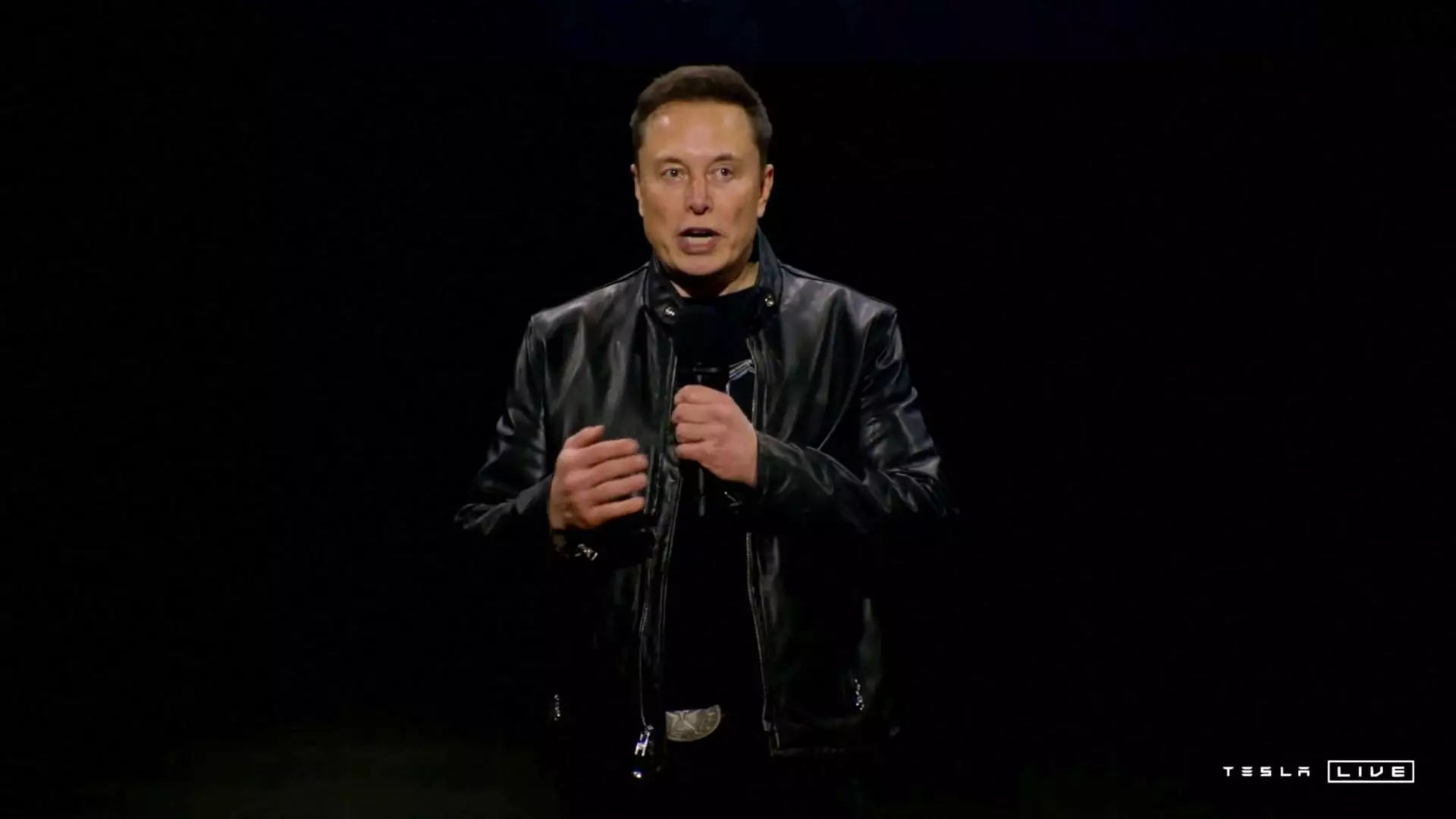The past year was pivotal for Tesla, as it navigated a complex landscape of production, delivery, and market competition. The company released its fourth-quarter performance metrics, which brought to light significant shifts in its operations and strategy. While Tesla has long been viewed as a leader in the electric vehicle (EV) sector, 2024 marked a year of significant challenges, ultimately culminating in the first annual drop in deliveries in its history.
Tesla reported 495,570 total deliveries in the fourth quarter of 2024, down from 484,507 in the same period of 2023. Annual deliveries for the entire year amounted to 1,789,226, which represented a decline from 1.81 million units the previous year. The total production figures also reflected a slowdown, coming in at 459,445 vehicles for the fourth quarter, and an annual production total of 1,773,443. These figures have caused Tesla’s stock to drop as investors reacted to the disappointing numbers, particularly given that analysts had expected higher deliveries for the fourth quarter.
Such a downturn is alarming for a company that has enjoyed explosive growth in previous years. The fourth-quarter results signal potential issues in demand, production efficiency, or both. Investors had high expectations influenced by earlier performance, but the company fell short, thereby raising concerns about whether Tesla can maintain its market dominance in an increasingly competitive landscape.
Once considered the undisputed frontrunner in EV innovation, Tesla now faces intensifying competition from both traditional and new automakers. Companies like General Motors, Ford, Rivian, and BYD are stepping into the forefront, with aggressive strategies to capture market share. This competition has highlighted Tesla’s reliance on the sale of electric vehicles for the bulk of its profits and has intensified scrutiny on its pricing models and product offerings.
Tesla’s leadership, particularly Elon Musk’s involvement in politically charged activities, may have drawn focus away from core business issues. Musk’s substantial financial support for political campaigns and his advisory roles have raised questions about his concentration on Tesla’s operational challenges. Analysts suggest that this diversion might affect long-term strategies, leaving the company vulnerable as rivals grow their operational capabilities.
Tesla’s performance in international markets such as Europe and China has demonstrated cracks in its once-robust sales figures. Data revealed a considerable decline in Tesla’s vehicle registrations in Europe, plummeting by about 14% compared to the previous year. The company also faced challenges in the Chinese market, where competitors like BYD have been growing more rapidly in capturing market share. Despite the Model Y being a popular choice in China, its growth has not kept pace with the overall surge in EV sales.
Another alarming trend has been the increasing inventory levels. Reports indicated that Tesla halted work on the Cybertruck assembly line temporarily, signaling an attempt to manage production rates more effectively. This could imply the company is experiencing sluggish demand or striving to avoid saturating the market, leading to greater pressure on pricing.
Looking ahead, Tesla must recalibrate its strategies to regain market momentum. Musk hinted at plans to introduce lower-cost and more autonomous vehicles by 2025, with aspirations of achieving 20% to 30% growth over 2024. However, whether these targets can be met amidst changing consumer preferences and increased competition remains to be seen.
There’s an urgent need for Tesla to introduce more affordable EV options to appeal to a broader audience, as high-priced models like the Cybertruck have yet to deliver substantial sales numbers. The introduction of less expensive, high-demand models could potentially stabilize the company’s revenue streams and mitigate the impact of competitors’ aggressive pricing and marketing strategies.
2024 has been a watershed year for Tesla, presenting both notable achievements and pressing challenges. The company’s ability to pivot effectively in response to a rapidly evolving automotive landscape will be critical for preserving its status as a market leader. While the commitment to innovation remains strong, the focus must shift towards practical operational strategies that continue driving the company forward in a crowded field of competitors. As the company stands at this crossroads, the choices made in the coming months will significantly impact its trajectory, investor confidence, and ultimately, consumer trust.

